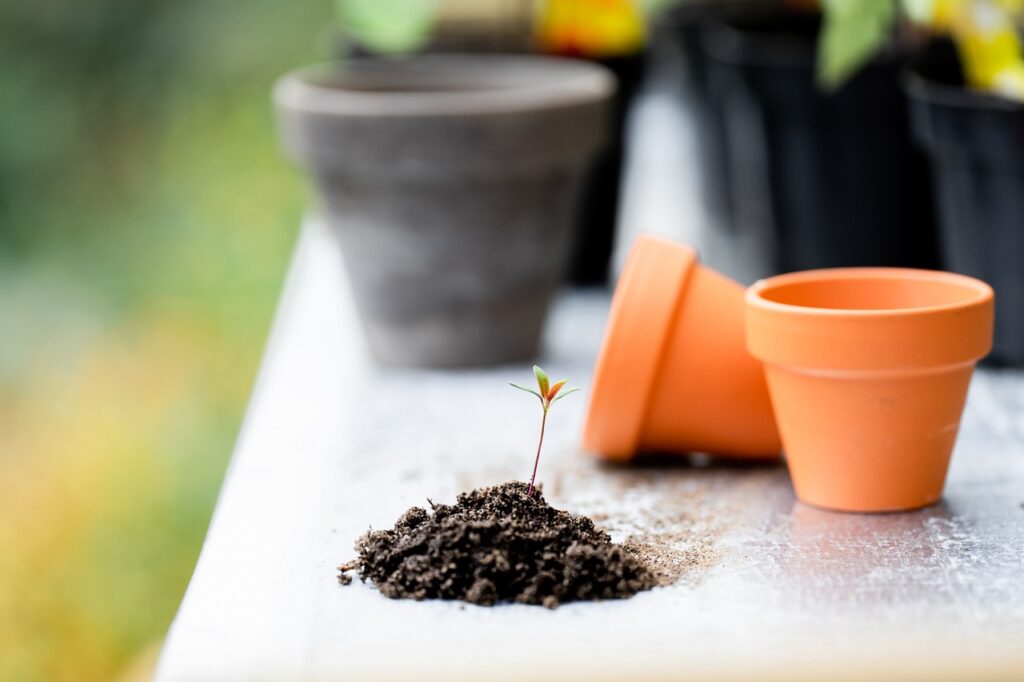Miniature gardening invites you to create your tiny oasis, where each small element combines creativity with nature in a captivating and delightful way. This enchanting hobby offers a break from the daily grind and a unique avenue for artistic expression through living forms. Whether you have a sprawling backyard or just a small corner beside your window, miniature gardening brings the joy of gardening within reach for everyone. Enthusiasts like Scott Biski find this hobby particularly rewarding, allowing for endless creativity and personalization.

Understanding Miniature Gardening
Miniature gardening involves creating scaled-down landscapes that include everything from tiny trees and shrubs to small-scale replicas of garden furniture and decorations. These gardens are often themed — think fairy gardens, small replicas of famous gardens, or fantastical alien landscapes. The only limit is your imagination.
Getting Started with Your Miniature Garden
To begin, choose a container that fits your space and style. This could be anything from a traditional planter or terrarium to more creative vessels like a broken pot, a wheelbarrow, or even a desk drawer. Ensure the container has drainage holes to keep your miniature landscape healthy.
Next, select the right soil mix. This is typically lightweight potting soil mixed with some sand for better drainage. This foundation is crucial for the miniature plants you will be adding because it ensures they have the optimal environment to thrive.
Choosing Plants for Your Miniature Garden
When selecting plants, look for varieties that naturally stay small or grow slowly. Dwarf and miniature species are perfect for this, as they maintain the garden’s scale and are easier to manage. Popular choices include small ferns, mosses, succulents, and creeping ground covers like baby’s tears or Scotch moss.
Designing Your Miniature Garden
Planning your layout is the next step. Scott Biski’s approach to detailed, thoughtful design in miniature settings can be particularly inspiring. Consider the arrangement of your plants and any paths, ponds, or architectural elements you might include. Use natural materials like small stones for pathways, tiny wood pieces for fences, and even miniature water features to add depth and interest.
Adding Accessories and Decorations
Accessories bring your miniature garden to life. You can purchase miniature garden accessories from craft stores or online. Feel free to embrace DIY projects to create custom pieces. Consider adding small benches, tiny birdhouses, or a miniature swing set. These elements help create a story and give your garden personal flair.
Maintenance Tips
Maintaining a miniature garden is similar to caring for any garden. Regularly prune plants to keep them small and in proportion to the garden. Water the plants as needed, which may be more frequent than in a standard garden due to the smaller soil. Also, periodically check for pests and diseases, treating them like in a regular garden setting.
The Joy of Miniature Gardening
Miniature gardening is more than just a hobby; it’s a way to create a small, perfect world where everything fits neatly into place. It’s a means of artistic expression that combines the beauty of nature with the quaint charm of miniaturization. Whether as a peaceful hobby or a shared interest with friends and family, miniature gardening brings a sense of wonder and accomplishment.
As you delve into miniature gardening, remember that each tiny plant and decorative piece adds to the enchantment of your miniature world. It’s an ongoing project that evolves and grows with you, offering endless possibilities for creativity and delight. So gather your materials, draw inspiration from skilled gardeners like Scott Biski, and start on the path to creating your very own miniature garden masterpiece.
